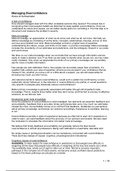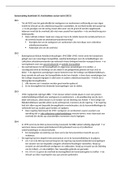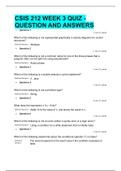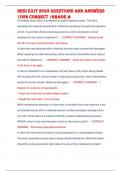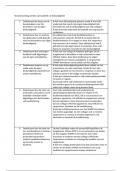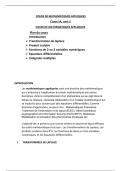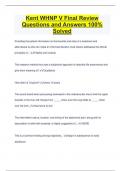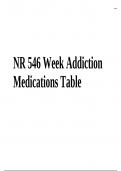Summary
Summary of all the articles for behavioral finance (grade 9)
- Course
- Institution
Summary of the 9 articles for behavioral finance: Russo & Schoemaker, 1992. Managing overconfidence, Sloan Management Review33, 7-17 Tversky & Kahneman, 1974. Judgment under uncertainty: heuristics and biases, Science185, . Rabin & Thaler, 2001. Risk aversion, Journal of Economic Perspective...
[Show more]
